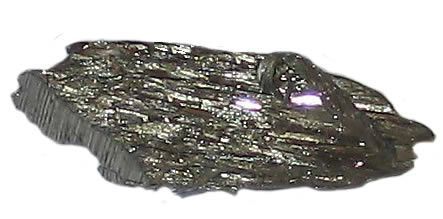
First we went over the pre-lab. For number....
1. Subtract the massof iron (85.65 g) from the mass of the iron oxide produced (118.37)
2. Using molar mass, (O= 16 G) Set up the conversion, which should be the number of grams you found in number one, (Oxygen) multiplied by one mole of oxygen over 16 g
3. Using the same method, you should be able to find the moles of iron (molar mass= 55.9)
4. Next set up the ratio of moles, which should be number of moles of iron over moles of oxygen. You should end up with 3/4, so the empirical formula should then be Fe3O4
In the lab, here is what we did.
Using a crucible, we heated the magnesium oxide with the Bunsen burner.
Every three minutes, you take the lid off and allow oxygen to get in the crucible, sometimes you could even see the metal glow when this would happen. After heating for a while, and cooling, we massed out the magnesium oxide product. The mass should go up, since we were adding oxygen through the experiment.


















